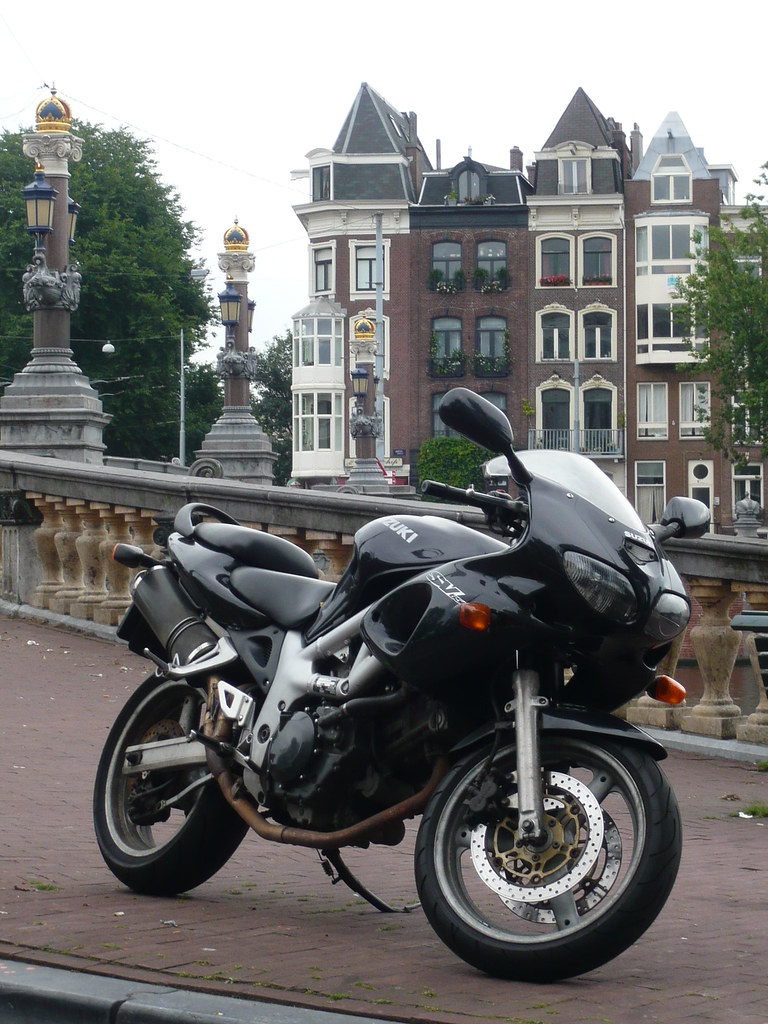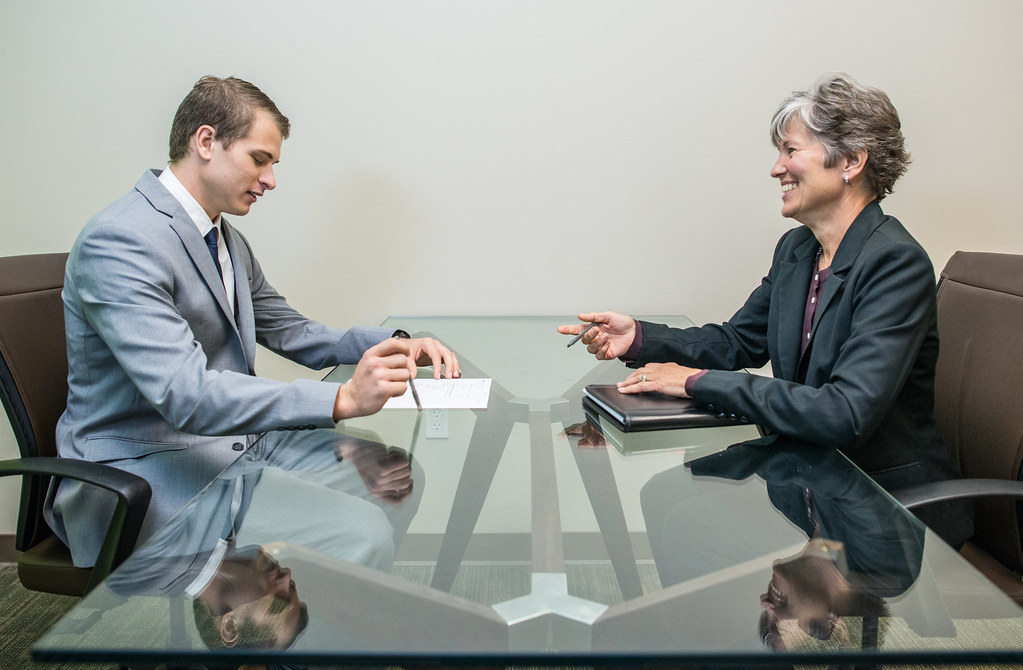There’s a unique thrill that comes with the roar of an engine, the sleek lines of a well-crafted machine, and the open road beckoning. For many, the dream of owning a big bike is a milestone, a symbol of freedom and a testament to a passion for riding. Today, I’m beyond excited to share my journey of acquiring my first big bike, a stunning 2021 CB650R with a mere 800 miles on the clock. The feeling is indescribable, but let’s try to put this exhilarating experience into words, shall we?
The Path to Big Bike Ownership
From the moment I laid eyes on the CB650R, it was clear that this bike was special. The allure of its near-new condition, the promise of untapped adventures—it was all too compelling to resist. The bike’s odometer reading, a scant 800 miles, was a testament to its pristine state. It was as if the bike and I were destined to cross paths, to embark on a journey of adrenaline and discovery together.
Take a step back. The road to big bike ownership isn’t one to be taken lightly. It’s a path paved with anticipation, research, and a healthy dose of respect for the machine you’re about to command. For those who are considering joining the ranks of big bike enthusiasts, there are a few things to keep in mind.
Understanding the age and history of your potential ride is crucial. It’s not just about the aesthetics or the horsepower; it’s about knowing what you’re getting into. The age of a bike can give you insights into its reliability, the availability of parts, and the likelihood of needing significant maintenance in the near future. For my CB650R, the low mileage was a clear indicator of its youth and a sign that I was making a sound investment.
If you’re in the market for a big bike, start by checking the bike’s papers. Warranty papers, receipts, and registration documents can reveal the bike’s manufacturing year and purchase date. This information is invaluable, as it can help you determine if the bike is a discontinued model or if it has undergone any significant changes over the years. In my case, the CB650R’s documentation was as immaculate as the bike itself, providing a clear picture of its short but well-cared-for life.
Another method to ascertain the age of a bike is by examining its serial number or manufacturer’s date code. These can often be found stamped or engraved on various parts of the bike, such as the frame or bottom bracket. While the interpretation of these numbers can vary from brand to brand, they can offer clues about the bike’s production date. For those who may find this process daunting, fear not—manufacturers’ websites and customer service can be invaluable resources in decoding these cryptic numbers.
Components can also be telltale signs of a bike’s age. Date codes on parts like derailleurs and brakes can indicate the manufacturing date or at least the production range. This detective work can be quite the adventure, with online research and manufacturer catalogues serving as your guide. For the CB650R, every component shone with the sheen of minimal use, each part whispering tales of rides yet to be enjoyed.
Sometimes, the model and design of a bike can be your best clue. Bikes evolve over time, with manufacturers introducing updates and design changes. By comparing your bike’s features with information from catalogues, forums, or databases, you can often pinpoint the year it rolled off the production line. The CB650R’s sleek design and modern features left no doubt about its recent entry into the world of two-wheeled marvels.
There’s always the option of seeking expert advice. Whether it’s a local bike shop, an experienced mechanic, or a ride guide from a platform like MYNEXTBIKE, there’s a wealth of knowledge out there for the taking. These experts can offer insights that go beyond the numbers, providing a deeper understanding of the bike’s pedigree.
Owning a big bike like the CB650R isn’t just about the thrill of the ride; it’s about embracing a lifestyle. Big bikes are admired for their power and performance, but with great power comes great responsibility. As a new owner, I’m acutely aware of the need for education and proper gear. Riding schools and clinics offer invaluable instruction, helping riders like me build a solid foundation of skills and knowledge.
Gear is another non-negotiable aspect of big bike ownership. A quality helmet, a well-padded jacket, gloves, and appropriate footwear are the bare minimum for a safe and enjoyable riding experience. And let’s not forget the financial aspect. Big bikes are an investment, and their upkeep can be costly. Tires, oil changes, and brake pads are just a few of the expenses that come with the territory. It’s essential to be financially prepared for the journey ahead.
As I embark on this new chapter with my CB650R, I’m filled with a mix of excitement and reverence. The bike’s potential for adventure is matched only by my commitment to ride responsibly and enjoy every moment. The open road awaits, and I’m ready to answer its call with the roar of my new big bike.

Essential Tips for New Big Bike Owners
Embarking on the journey of big bike ownership is akin to entering a new realm of exhilaration and responsibility. With my recent acquisition of the 2021 CB650R, the road ahead is paved with learning and adventure. In this section, we’ll explore the essential tips and advice for new big bike owners, ensuring that your ride is not just thrilling, but also safe and well-informed.
Navigating the world of big bikes requires a blend of enthusiasm and prudence. The power these machines wield is immense, and it’s crucial to approach them with a level of respect and understanding. One of the first steps in this journey is to familiarize yourself with the bike. Spend time getting to know its features, controls, and how it responds to your inputs. This familiarity will become your foundation for a confident and controlled riding experience.
Education, as they say, is key. Many riders learn the basics from friends or family, but professional instruction can make a world of difference. Enrolling in a reputable riding school or clinic can provide you with the structured learning environment necessary to develop solid riding skills. These institutions, such as Honda’s Safety Driving Center or the Ducati Riding Experience, offer courses that cater to both automatic and manual two-wheeled vehicles. The investment in proper training is invaluable, as it not only enhances your safety but also enriches your riding experience.
Gear up for safety. A high-quality helmet that fits snugly, a padded jacket, gloves, and appropriate footwear are the bare essentials for any rider. Remember, in the event of an accident, your gear is the only barrier between you and the road. It’s not just about compliance with the law; it’s about protecting your life. For those longer rides, consider investing in additional protective gear such as riding pants and motorcycle boots. Websites like MotoDeal.com.ph offer a wealth of information to help you find the right gear that suits your style, lifestyle, and budget.
Financial readiness is another aspect that cannot be overlooked. Big bikes, like the CB650R, come with their own set of expenses that go beyond the initial purchase price. Maintenance costs, such as tire replacements, oil changes, and brake pad renewals, can add up quickly. It’s essential to be financially prepared for these ongoing costs. Remember, the joy of riding your big bike should not be overshadowed by the stress of unforeseen expenses.
When it comes to choosing your first big bike, opinions will vary widely. Some riders advocate starting with a smaller bike and working your way up, while others suggest choosing a bike that you’re passionate about from the get-go. An SV650S, for instance, is often recommended as a great ‘first big bike’ due to its fuel injection, affordability, and ease of maintenance. However, it’s important to consider your own comfort and confidence levels. If you’re apprehensive about riding, a smaller bike may be a more prudent choice initially.
It’s also worth noting that the engine braking on bikes like the SV650S can be quite aggressive due to the V-twin engine, which might result in a jerky throttle response. Storage space can also be limited on such models. These are small but significant factors to consider when selecting your ride. Ultimately, the best bike for you is one that you feel comfortable with, one that inspires you to ride, and one that you can handle with confidence.

The concerns about bigger bikes often revolve around their power. It’s true that with more power comes a greater need for control and experience. For those with limited riding experience, a bigger bike can be intimidating and potentially hazardous. It’s crucial to assess your own skill level and comfort with motorcycles before taking the leap to a bigger bike. As one seasoned rider put it, ‘Trading up is half the fun.’ Starting with a smaller bike and gradually moving up allows you to build confidence and experience, reducing the risk of accidents and ensuring a more enjoyable ride.
Owning a big bike is a thrilling and rewarding experience, but it’s one that comes with significant responsibilities. By focusing on education, gearing up for safety, being financially prepared, and choosing the right bike for your skill level, you can ensure a fulfilling and safe riding journey. The open road is calling, and with the right preparation, you can answer with confidence and a spirit of adventure. Ride on, fellow enthusiasts, and may your travels be as grand as the machines you command.
Related posts:
How To Find The Age of Your Bike: 6 Easy Ways
Make sure you do these 3 things before getting your first big bike
First big bike (but maybe some original questions)





